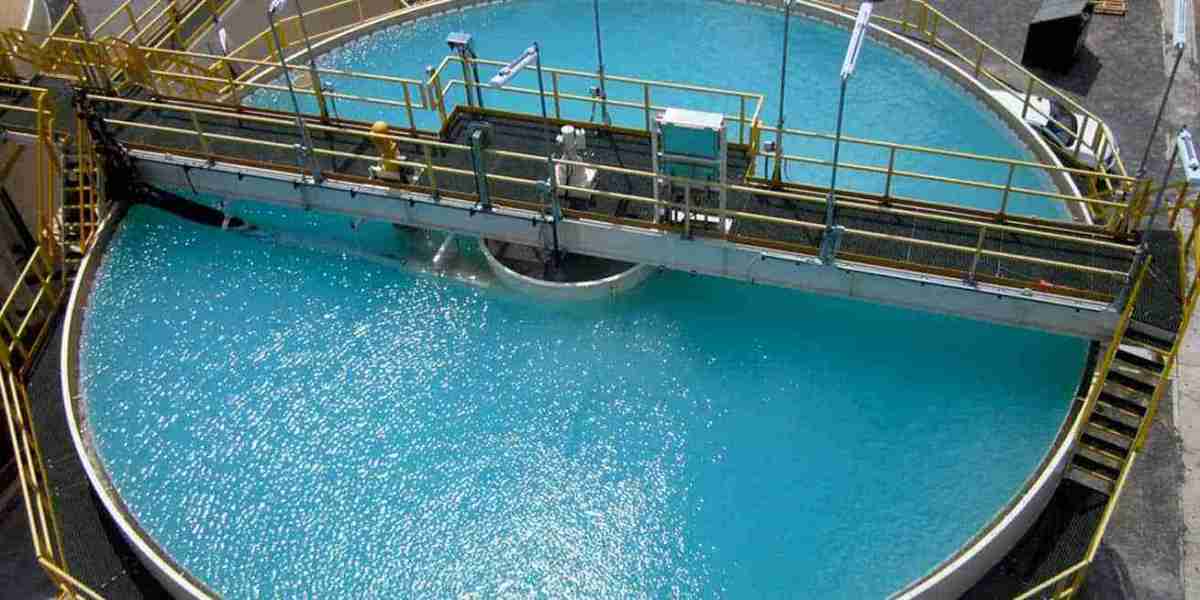The bottled water industry, which has seen significant growth over the past few decades, is now facing several challenges that could affect its future. While bottled water is a popular consumer product due to its convenience, accessibility, and health benefits, the bottled water market is undergoing shifts as environmental concerns, rising costs, and changing consumer preferences shape the industry’s landscape. Understanding these challenges is crucial for companies operating in the market to adapt and stay competitive.
1. Environmental Impact and Plastic Waste
One of the most pressing concerns in the bottled water market is its environmental impact, particularly the issue of plastic waste. According to reports, around 80% of plastic bottles are not recycled, contributing to a growing crisis in landfills and oceans. Many environmentalists have criticized bottled water companies for their role in the pollution problem, which has sparked a global movement toward sustainability. In response, some companies have started to explore alternatives, such as biodegradable packaging or plastic-free solutions. However, making a complete switch to environmentally friendly packaging remains costly and logistically challenging.
2. Regulatory Pressures
Governments across the world are increasingly focusing on environmental regulations, including stricter policies regarding plastic usage, waste management, and water conservation. In many regions, bottled water companies must comply with regulations on packaging and labeling, which are becoming more stringent. For example, the European Union has introduced a directive aimed at reducing single-use plastics, which includes bottled water. Similarly, several states in the U.S. are imposing taxes or restrictions on bottled water to curb plastic consumption. These regulations create additional costs and operational challenges for companies, forcing them to innovate and adapt to the changing regulatory landscape.
3. Rising Costs and Supply Chain Issues
The bottled water market is also grappling with rising costs, both in terms of raw materials and distribution. The prices of plastic bottles and packaging materials have increased in recent years, driven by global supply chain disruptions, inflation, and the rising cost of petroleum. Additionally, water resources in certain areas have become scarce, leading to higher extraction and processing costs. These cost increases are often passed on to consumers, potentially reducing demand for bottled water. Companies must find ways to balance these rising costs while maintaining affordability for their customers.
4. Health and Safety Concerns
As the bottled water market continues to expand, concerns about the safety and purity of the water have also grown. In some instances, there have been reports of bottled water being contaminated with harmful chemicals, such as microplastics or toxic substances leaching from plastic bottles. These concerns have led to calls for better regulation and transparency in the industry. Consumers are becoming more aware of these issues and are increasingly looking for water brands that offer transparency in sourcing, purification, and packaging. As a result, companies need to invest in advanced filtration technologies and ensure that their water is free from harmful contaminants to maintain consumer trust.
5. Shifting Consumer Preferences
Consumer preferences are shifting, with many individuals now opting for more sustainable, eco-friendly alternatives to bottled water. Some people are turning to reusable water bottles, while others are choosing filtered tap water as a more cost-effective and environmentally friendly option. The rise of water delivery services and refillable stations is also gaining traction as a way to reduce the consumption of single-use plastic bottles. In response, bottled water companies must adapt to these trends by offering more sustainable options, such as water in glass bottles or incorporating refill stations in public spaces.
6. Market Saturation and Competition
The bottled water market is becoming increasingly saturated, with a large number of brands vying for consumer attention. In addition to established brands, new entrants are emerging with unique selling points, such as premium water sourced from exotic locations, alkaline water, or water infused with added minerals. The growing competition makes it difficult for companies to differentiate themselves and maintain market share. To stay competitive, brands need to offer innovative products, enhance customer experiences, and implement effective marketing strategies.
7. Public Perception and Criticism
Bottled water companies face public scrutiny, as many view the product as unnecessary or wasteful in a world where tap water is widely available. Critics argue that bottled water is an unsustainable luxury and that the industry’s growth exacerbates the environmental crisis. This negative public perception has led to a decline in demand in certain regions, with consumers increasingly opting for tap water or eco-friendly alternatives. Companies must address these concerns by investing in sustainability initiatives, communicating their environmental efforts, and promoting the health benefits of bottled water.
Conclusion
The bottled water market is experiencing significant challenges that require companies to rethink their strategies, adapt to evolving consumer preferences, and address environmental concerns. With mounting pressure from environmentalists, governments, and the rising costs of production, the future of bottled water will depend on innovation, sustainability, and consumer education. By addressing these challenges, companies can position themselves for success in an increasingly competitive and environmentally-conscious market.




